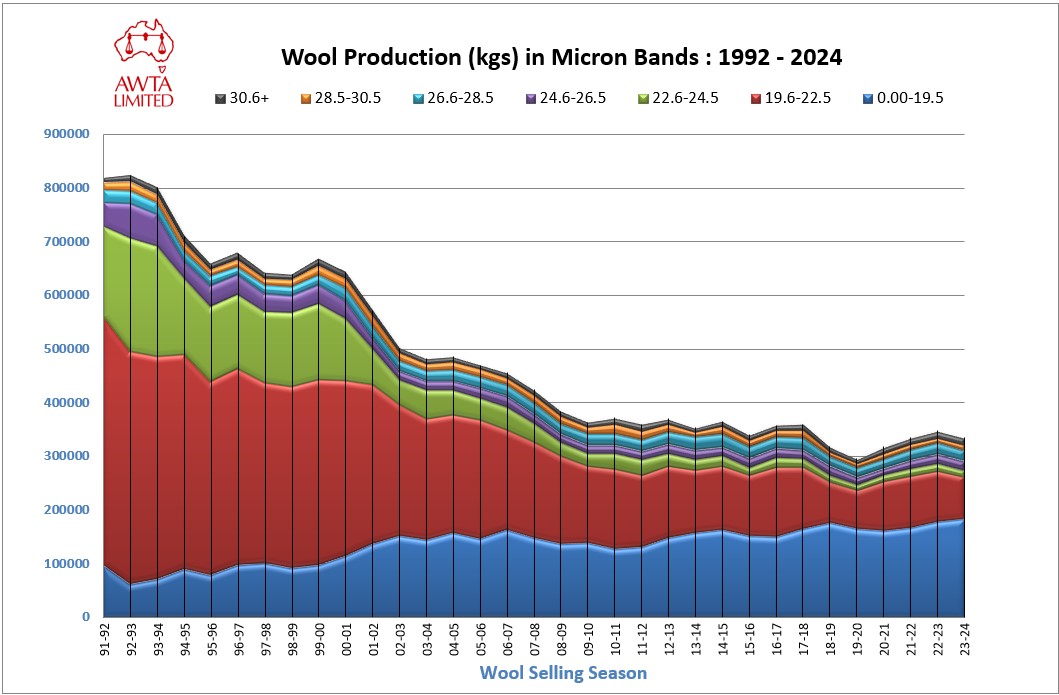Innovations in Optical Fibre Diameter Analyser Measurement Tools
Innovations in Optical Fibre Diameter Analyser Measurement Tools
Blog Article
Maximize Your Fiber Optic Performance: Understanding Optical Fibre Size Analyser Innovation
The efficiency of fiber optic systems is critically influenced by the accuracy of their diameter, an element frequently ignored in the search of optimum signal stability. Understanding the technology behind optical fibre size analysers discloses the intricate balance between dimension accuracy and production top quality. These tools not only boost compliance with industry requirements but also give real-time insights that can preemptively address possible issues. The ramifications of their use extend past mere dimension; they can basically alter the landscape of fiber optic effectiveness. What variables should one take into consideration to harness their complete possibility?
Significance of Optical Fibre Diameter
The diameter of optical fibre plays a vital function in establishing the efficiency and effectiveness of interaction systems. It affects a number of crucial criteria, consisting of the setting of light propagation, depletion, and data transfer capacity. Bigger sizes normally permit for multiple light modes, promoting higher data transmission prices. Conversely, smaller sizes tend to sustain fewer modes, which can improve signal quality and reduce crosstalk.

Additionally, understanding the diameter's implications can result in cost financial savings by lowering the demand for signal boosting and repeaters in substantial networks (optical fibre diameter analyser). In final thought, the value of optical fibre diameter can not be overemphasized, as it directly influences the total effectiveness and dependability of contemporary interaction systems

How Diameter Impacts Signal Quality
Signal quality in optical fibre systems pivots significantly on the diameter of the fibre. The size affects numerous vital parameters, including depletion, data transfer, and modal dispersion. A smaller size can bring about higher attenuation prices, resulting in signal loss as light trips through the fiber. This depletion can jeopardize the stability of the transmitted data, leading to a decline in signal high quality, especially over cross countries.
On the other hand, larger sizes usually enable improved light capture and lowered modal dispersion, boosting signal quality. In multimode fibers, a bigger core size can support several light settings, yet it may likewise present intermodal dispersion, which can weaken signal high quality. Selecting the optimum fiber diameter is critical for achieving the desired performance in details applications.
Additionally, the communication in between the fiber size and the wavelength of the light used plays a critical duty in determining the effective transmission distance and total signal honesty. Recognizing exactly how fibre size influences signal quality is essential for network designers and engineers striving to enhance optical fibre systems for trustworthy, high-speed information transmission.
Review of Size Analyser Modern Technology
In numerous optical fibre production processes, precise dimension of fiber diameter is essential for guaranteeing consistent efficiency and quality (optical fibre diameter analyser). Diameter analysers are advanced instruments designed to evaluate the physical dimensions of optical fibers with high accuracy. They employ innovative optical and laser technologies to gauge the size, ovality, and concentricity of the fibre, hence offering important data for quality assurance
These analysers can operate in-line during the manufacturing process or as part of off-line screening procedures. In-line systems enable real-time tracking, permitting suppliers to readjust criteria right away, thereby keeping ideal manufacturing conditions. Off-line analysers, on the various other hand, offer thorough analyses of batches, guaranteeing that any type of inconsistencies from defined resistances are identified and attended to.
Diameter analysers dramatically add to the decrease of problems in optical fibers, boosting overall product dependability. By continually determining key specifications, these technologies facilitate compliance with industry standards and requirements. As the need for high-performance optical fibres proceeds to rise, the role of size analysers comes to be significantly vital in achieving the desired high quality and efficiency standards in fibre optic systems.
Secret Attributes of Fiber Diameter Analysers
Although various versions of fibre diameter analysers exist, they commonly share several key features that boost their capability and integrity. One of one of the most substantial attributes is high-resolution dimension capacities, which ensure precise diameter analyses, essential for preserving quality assurance in fibre manufacturing. Additionally, numerous analysers incorporate advanced optical sensors made to discover minute variants in fiber size, hence offering indispensable information for process optimization.
An additional crucial feature is real-time tracking, allowing drivers to get immediate responses on fiber diameter throughout the manufacturing process (optical fibre diameter analyser). This ability helps with quick changes and lowers the probability of issues. Numerous analysers likewise come furnished with user-friendly user interfaces, allowing operators to easily browse through settings and data outputs
Moreover, durable data storage and analysis capabilities are necessary for tracking historical efficiency trends and ensuring conformity with industry standards. Some click here to read versions also offer connectivity options for combination right into existing production control systems, improving general operational effectiveness. Finally, portable and small styles allow for versatile deployment within manufacturing settings, guaranteeing that top quality assurance processes are seamless and efficient. These functions collectively contribute to the effectiveness of fibre size analysers in maximizing fibre optic efficiency.
Finest Practices for Fibre Optimization

First, normal calibration of optical fiber size analysers is important. This makes certain precise measurements and lessens possible disparities that might impact efficiency. Next, keeping a tidy workplace is crucial; dust and impurities can cause signal destruction.
Furthermore, it is essential to pick fibers that satisfy particular application requirements. This entails reviewing elements such as depletion, bandwidth, and environmental problems. Appropriate installment methods must likewise be complied with, including avoiding sharp bends and extreme tension, which can compromise fiber honesty.
Moreover, utilizing sophisticated tracking systems can facilitate real-time efficiency assessments, enabling timely identification of concerns. Routine screening and maintenance need to be conducted to guarantee that fibers remain within ideal operational criteria.
Finally, training workers on the most up to date fiber optimization technologies and methodologies will certainly enhance their capability to execute reliable strategies. By following these finest practices, companies can significantly improve the performance and life expectancy of their optical fibre systems, guaranteeing effective communication and information transfer.
Conclusion
In final thought, the integration of optical fiber diameter analyser innovation is vital for maximizing fibre optic performance. By ensuring accurate dimensions of fiber dimensions, these analysers substantially improve signal top quality and lower losses during data transmission.
Signal quality in optical fiber systems pivots substantially on the size of the fiber.In many optical fibre production processes, accurate measurement of fibre size is vital for ensuring Find Out More consistent performance and top quality. As the demand for high-performance optical fibres continues to increase, the duty of diameter analysers ends up being significantly vital in accomplishing the preferred high quality and performance standards in fiber optic systems.
These features jointly contribute to the efficacy of fibre size analysers in maximizing fibre optic performance.
In final thought, the assimilation of optical fibre size analyser modern technology is critical for making best web use of fibre optic efficiency.
Report this page